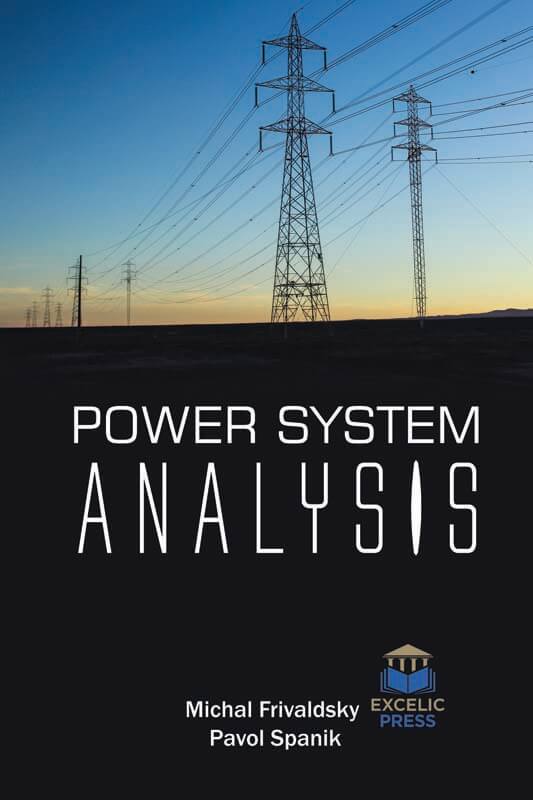As modern systems have become increasingly complex such as with the introduction of load dynamics, other power electronic models, and renewable energy sources, the system has become potentially more susceptible to numerical instability issues. Nowadays, electrical utilities and consumers are paying much attention to enhance the quality of the generated and distributed electrical energy. The main aims are to produce clean electrical power and to distribute it to the end customers with acceptable power quality performance in a cost-effective manner. Today, the importance of power quality aspects has increased due to the booming developments in power-electronic devices and renewable energy resources under the umbrella of smart grids. Modern power systems operate closer to their operation and stability limits. This is because of load demand growth, the open-access of the transmission network, and economic operation. Therefore, dynamic security assessment has become increasingly important. Power system transient stability analysis is a fundamental tool for this dynamic security assessment.
This monograph covers the state of the art treatment of the major electrical engineering problems allied to the design and operation of electric power systems. The book starts with the opening chapter that describes a simple equivalent circuit model for magnetic-coupled and resonant magnetic-coupled WET systems. The resonant coupling is any represented in detail, whereby all key systems equations for numerous configurations of a resonant compensation network with pure Resistive load square measure derived. From the part style purpose of reading, it’s conjointly vital to possess data regarding values of voltage and current within the main circuit. In the last part of the chapter, the general recommendations for practical use of each variant are provided. Next, the book focuses on increasing the importance of system reliability and resilience is changing the way distribution systems are planned and operated. To achieve a distribution system self-healing against power outages, emerging technologies, and devices, such as remote-controlled switches (RCSs) and smart meters, are being deployed. Succeedingly, the book focuses on the synchronization of low-frequency oscillation in power systems. Since power electronic systems like high voltage electrical energy (HVDC) and versatile AC transmission square measure wide utilized in power systems, the necessity for magnetism transient (EMT) studies to assess their impact on power systems have redoubled. Recently, the penetration level of distributed energy resources (DERs) like electrical phenomena, wind, fuel cells, have redoubled because of environmental problems and fuel costs which might lead to uncertainties on each of the availability and demand sides. Further, this book proposes an optimal subinterval selection approach for power system transient stability analysis, which is based on modal analysis using a single machine infinite bus (SMIB) system. All electrical equipment may fail or malfunction when coming across power quality disturbances, depending on the severity of the disturbance. It is essential for engineers, technicians, manufacturers, and power system operators to well understand and face several power quality disturbances. A wide range of research results is integrated together to make this book useful for students and researchers who will give contribution to the development of the existing technology in the future.














Reviews
There are no reviews yet.